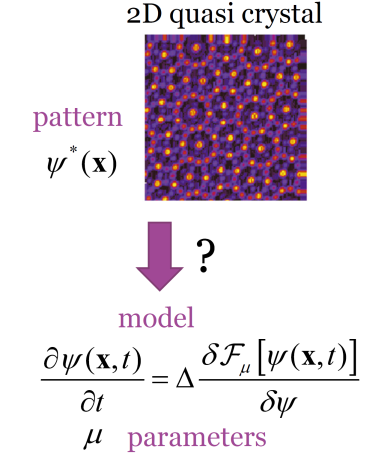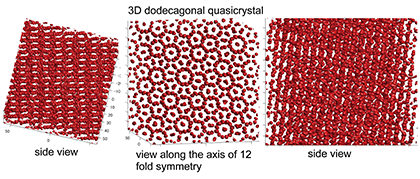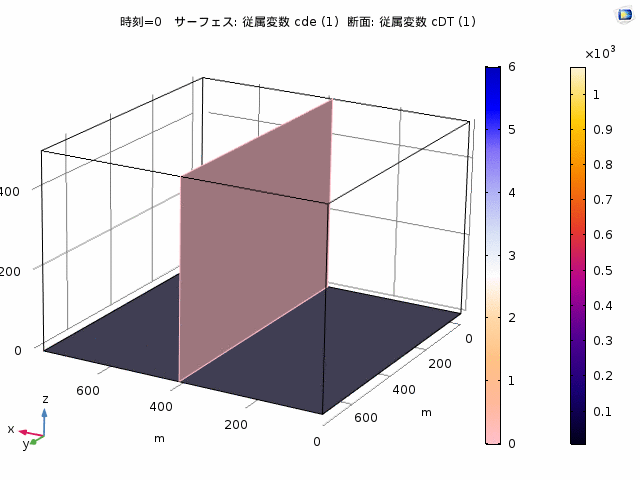Research
Research Interests
My research area is the theoretical modelling of soft condensed materials. Soft materials contain various length and time scales correlating in a complicated manner. The importance of this field is that such systems are closely related to biological phenomena, which give us unlimited imagination and intuition. In addition, they are found in most of industrial products sustaining our comfortable lives. We are working on the modelling of soft materials, particularly focusing on nonequilibrium systems. This is called active soft materials. Our studies are close collaboration with experimental groups. Recently, we combine the theoretical modelling of soft materials and machine learning techniques. We apply our theoretical methods not only to soft materials, but also to the broad class of materials science.
Machine Learning for Soft Materials
Can we find a governing equation of soft materials? In forward problems, we use the knowledge of past studies, and try to find the best equation to understand mechanism of experimental results. A good model not only can explain natural phenomena well, but also give a universal interpretation and a good prediction. Significant effort has been made to find the good equation. Thanks to the recent development of machine learning techniques, it is becoming feasible to find a governing equation of soft materials in a systematical way. Still, soft materials are complex and have large degrees of freedom. Naiive machine laerning techniques do not work. We are developing the novel techniques to find the governing equations for soft materials.
My recent talk is here.
- Newton Institute seminar
New statistical physics in living matter: non equilibrium states under adaptive control
Quasicrystals in Soft Materials
Quasicrystals have rotational order, but do not have translational order. Many quasicrystals have been found in metallic alloys, but recently they are also found in soft materials, such as block copolymers, sufactantsm and colloids. We are developing a simple model to reproduce various quasicrystals in two and three dimensions (right figures).
Inverse structural design of colloidal particle assemblies
Quasicrystals have rotational order, but do not have translational order. Many quasicrystals have been found in metallic alloys, but recently they are also found in soft materials, such as block copolymers, sufactantsm and colloids. We are developing a simple model to reproduce various quasicrystals in two and three dimensions.
Application to other materials
Our theoretical approaches are not limited to soft materials, but may be applied to other materials. The phase-field crystal model may be applied to kinetics of dislocations and disclinatinos in crystalline materials. We are also working on spin waves, which can be described by nonlinear partial differential equations.


Active Soft Materials
Self-propelled particles and drops
Biological systems consume energy and exhibit their functions. Among the variety of phenomena, we are particularly interested in cell motility. Interestingly, cells can move without any external force. This is achieved by active force (stress) generation using energy of ATP. The goal of this study is to understand the mechanism of self-propulsion. As a first step, we are now investigating model chemical systems in which particles and drops move spontaneously.
Thermophoresis
Thermophoresis is a phenomenon of directional motion under temperature gradient. This is similar to electrophoresis under an electric field and osmophoresis (difussiophoresis) under a concentration gradient. It was found back in 1856, though the mechanism, particularly microscopic and mesoscopic aspects, remains unclear despite of intensive studies. We have developed hydrodynamic equations, and investigated flow induced by temperature gradient. This phenomenon is strongly dependent on surface properties of objects in phoretic motion.
Deformation induced spontaneous motion
An important observation for motile cells is that they can deform. Recently, it has been suggested that there is strong correlation between deformation and motion. Although cells are very complex, we believe the essence is shared with artificial model systems which are simpler and exhibit spontaneous motion and deformation. With the aid of hydrodynamics, we are trying to clarify the relation between deformation and motion.
Drift instability of a drop driven by Marangoni flow
The directional motion of self-propulsion arises either from intrinsic asymmetry of the systems or spontaneous break of rotational symmetry. The latter is related with nonlinear nature of the systems as phase transitions in equilibrium systems. We are now interested in the nonequilibrium phase transition between stationary and moving stales. This has been studied in the field of nonlinear dynamics as drift instability. We have developed hydrodynamics describing this instability for the Marangoni effect.
My recent talk is here.
- Newton Institute(mp4
movie) at the workshop
"Dynamics of Suspensions, Gels, Cells and Tissues"
- Newton Instituteseminar (mp4
movie)
- Kavli Institute for Theoretical Physics
Pattern Formation in Biology
Pattern formation of Min proteins
Min portens are known to be essential ingredients to determine the cell centre during cell division of E-coli. Nonlinear waves of MinD and MinE occur by their nonlinear interactions. In cells, standings waves, also called pole-to-pole oscillation, are relevant because their node sets the cell centre precisely. Interestingly, artificial systems that have Min proteins together with other ingredients may show waves (see the right figure). The system has surface of a membrane and bulk of cytosol. Min proteins exhbit both chemical reactions and diffusion on the surface and in the bulk. We propose and analyse a model expressed by nonlinear reaction-diffusion equations, and found that the nonlinear waves occur both flat (top figure) and spherical (bottom) geometries. Moreover, for the spherical geometry, which is closer to the shape of a cell, the effect of confinement plays a significant role for the wave generation.
Polarity pattern of stress fibre
Stress fibres are key elements of mechanical aspects of cells. Main ingredients are actin filaments, myosin II, and a-actinin. Many other proteins have also been found and considered to function. Our purpose in this study is to model stress fibres as assemble of filaments in nonequilibrium systems.
Actin filaments have polarity, that is, they have plus (barbed) and minus (pointed) ends. Several polarity patterns have been found in cells, for instance graded polarity, alternating polarity, and uniform one. The alternating polarity looks similar to muscle. However, the relation between polarity and mechanical properties are still unknown. We show active stress generated by molecular motors (myosin filaments) determines polarity patterns.


